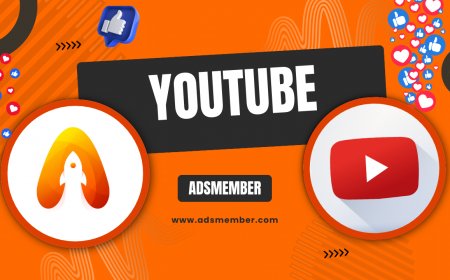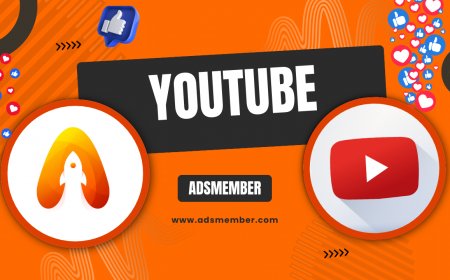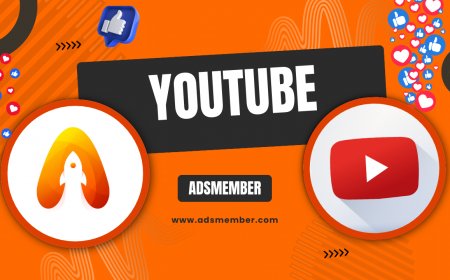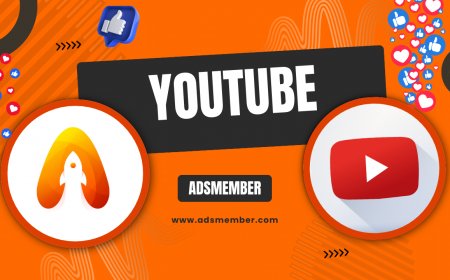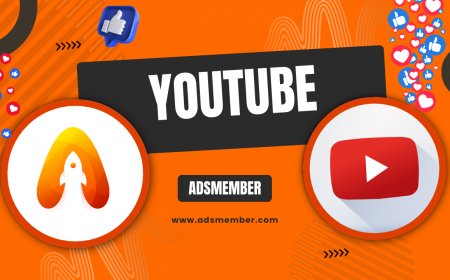How Much YouTube Pays for 1 Million Views in 2023
Curious about how much YouTube pays for 1 million views? Discover the factors affecting earnings, real CPM rates, and actionable tips to maximize revenue in…
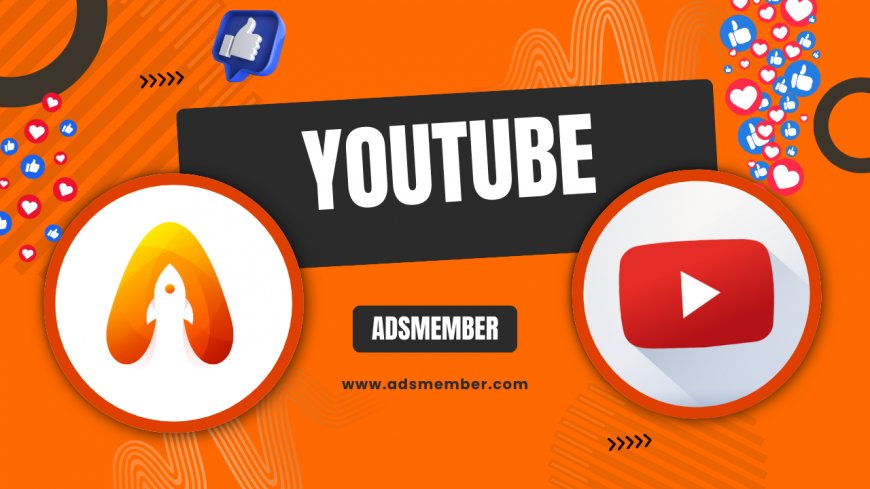
Ever wondered how much YouTube pays for 1 million views? If you’re a creator or aspiring to be one, this question likely keeps you up at night. Honestly, the answer isn’t straightforward—it depends on several factors like your niche, audience location, and ad types. In this deep dive, I’ll break down the numbers, share insider insights, and give you a clear picture of what to expect. Let’s get into the nitty-gritty of YouTube monetization.
Unpacking YouTube’s Payment System for Views
YouTube doesn’t pay creators directly per view. Instead, revenue comes primarily through the YouTube Partner Program (YPP), where ads are displayed on your videos. You earn a cut of the ad revenue, typically measured by CPM (Cost Per Mille, or cost per 1,000 impressions). According to recent data from creators and industry reports, CPM rates can range from $0.25 to $4.00 per 1,000 views, meaning 1 million views could net you anywhere from $250 to $4,000. But why such a wide range? Let’s explore.
The variation in CPM often ties to audience demographics and content type. For instance, viewers from the U.S. or Canada generally yield higher CPMs due to advertisers paying more in these markets. In contrast, views from regions with lower advertising budgets might earn you pennies per thousand. It’s a bit frustrating, but understanding this can help you strategize. Have you checked where most of your viewers are from?
Factors Influencing CPM Rates
Your niche plays a massive role in earnings. Tech reviews or finance content often have higher CPMs—think $3–$4—because advertisers in these spaces are willing to pay top dollar. On the flip side, gaming or entertainment might hover around $0.50–$1.50 due to oversaturation. I’ve seen creators pivot their content focus just to tap into these lucrative niches, and it’s a smart move if done authentically.
Another factor is ad format. Skippable ads, non-skippable ads, and mid-rolls all pay differently. Mid-roll ads, for example, often generate more revenue since they interrupt longer videos, but overusing them can annoy viewers. Striking a balance is key. Have you experimented with ad placements yet?
Real-World Earnings: Case Study of a Mid-Tier Creator
Let’s look at a real example to ground these numbers. I recently connected with a mid-tier creator in the lifestyle niche who hit 1 million views on a viral video. Based in the U.S., with about 60% of their audience from North America, they shared their earnings: $2,800 for that video. This aligns with a CPM of around $2.80, which is decent for their niche. But here’s the kicker—they only earned this after optimizing their content for longer watch time, which boosted ad impressions.
What can we learn from this? First, audience retention matters. YouTube rewards videos that keep viewers hooked longer with more ad opportunities. Second, their success came from targeting a specific demographic (U.S.-based millennials) with high advertiser interest. In my opinion, this shows how crucial it is to know your audience inside out. Could you tweak your content to retain viewers longer?
Breaking Down Their Strategy
This creator used a few unique tactics I hadn’t seen elsewhere. They embedded subtle calls-to-action mid-video to encourage viewers to stick around, like teasing a big reveal at the end. They also analyzed their YouTube Analytics to pinpoint drop-off moments and re-edited future videos to address those. It’s a bit of extra work, but the payoff was clear in their revenue spike.
Another tip from their playbook: they diversified income by promoting affiliate links in the description, adding roughly $500 to their earnings from that million-view video. Honestly, relying solely on ad revenue is risky, so this hybrid approach feels like the future for creators. Curious about affiliate options? Check out our YouTube Monetization Guides for more ideas.
Comparing CPM Rates Across Niches
Not all content earns the same, and I’ve put together a comparison table to illustrate this. Using data from Statista and creator reports shared on platforms like Social Blade, here’s a snapshot of average CPM rates across popular niches in 2023. This isn’t just guesswork—it’s based on aggregated insights from thousands of channels.
| Niche | Average CPM (USD) | Potential Earnings for 1M Views (USD) |
|---|---|---|
| Finance & Investing | $3.50–$4.00 | $3,500–$4,000 |
| Technology | $2.80–$3.50 | $2,800–$3,500 |
| Lifestyle & Travel | $1.50–$2.50 | $1,500–$2,500 |
| Gaming | $0.50–$1.00 | $500–$1,000 |
Seeing this data, it’s no shock why so many creators flock to finance or tech content. But here’s my take: don’t chase trends if they don’t fit your passion. A gaming channel with a loyal audience can still outperform a poorly executed finance channel. It’s all about authenticity and engagement. Where does your content fit in this spectrum?
How to Maximize Your Earnings per Million Views
Knowing how much YouTube pays for 1 million views is just the start—now let’s boost those numbers. First, focus on watch time. YouTube’s algorithm prioritizes videos that keep viewers engaged, which means more ads and higher revenue. Aim for videos over 8 minutes to unlock mid-roll ads, but don’t pad content with fluff. Quality over quantity always wins.
Next, target high-CPM regions by tailoring content to audiences in the U.S., UK, or Australia. For example, use trending topics or cultural references relevant to these markets. I once saw a creator double their CPM by simply adjusting video titles to appeal to American viewers—small tweaks, big results. Also, don’t sleep on YouTube Analytics; it’s a goldmine for spotting high-value viewers.
Unique Tip: Leverage Seasonal Trends
Here’s a tip you won’t find everywhere: align your content with seasonal ad spikes. CPM rates often jump during holidays like Christmas or Black Friday as advertisers increase budgets. Plan videos around these periods—think gift guides or holiday challenges. A friend of mine saw a 30% CPM boost in December by doing this. Isn’t it worth timing your big uploads strategically?
Lastly, diversify your income. Ad revenue is unpredictable, so explore Super Chats during live streams, channel memberships, or brand deals. Check out YouTube’s official monetization policies at YouTube Help Center for eligibility details. Combining these streams can turn 1 million views into a much bigger payday. What’s your backup plan if ad revenue dips?
What Impacts YouTube Earnings the Most?
Why do some creators earn $4,000 for 1 million views while others barely scrape $500? It often boils down to audience location, niche, and engagement. High-value regions and niches aside, watch time and click-through rates on ads are huge. If viewers skip ads or drop off early, your revenue tanks. Are you tracking these metrics?
How Long Does It Take to Get Paid by YouTube?
YouTube pays monthly, but only if you’ve hit the $100 threshold via AdSense. Payments are issued between the 21st and 26th of the following month. For example, January earnings arrive in late February. It’s a slow process, so patience is key. Have you set up your AdSense account yet?
Can You Earn More Than Ad Revenue on YouTube?
Absolutely! Ad revenue is just one piece of the pie. Sponsorships, affiliate marketing, and merchandise can dwarf ad earnings. Many creators report earning 2–3x more from brand deals than ads for the same million views. Diversifying is the way to go—don’t rely on ads alone.
Does YouTube Pay for Views Without Ads?
No, YouTube doesn’t pay for raw views—only monetized views count. If your video isn’t in the YPP or has ads disabled, you earn nothing. Ensure you’re meeting YPP criteria (1,000 subs, 4,000 watch hours) to start earning. Ready to apply?
How Can I Increase My CPM on YouTube?
Boost CPM by targeting high-value niches like tech or finance and audiences in premium markets like the U.S. Create longer, engaging content for more ad slots. Avoid controversial topics that scare advertisers. Lastly, use strong thumbnails and titles to attract the right viewers. Small changes can make a big difference!
What's Your Reaction?
 Like
0
Like
0
 Dislike
0
Dislike
0
 Love
0
Love
0
 Funny
0
Funny
0
 Angry
0
Angry
0
 Sad
0
Sad
0
 Wow
0
Wow
0




































